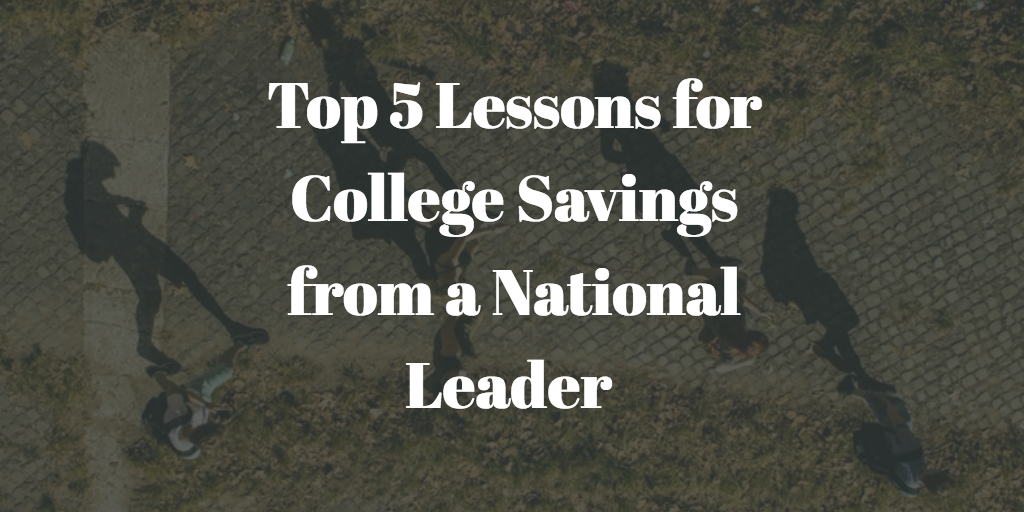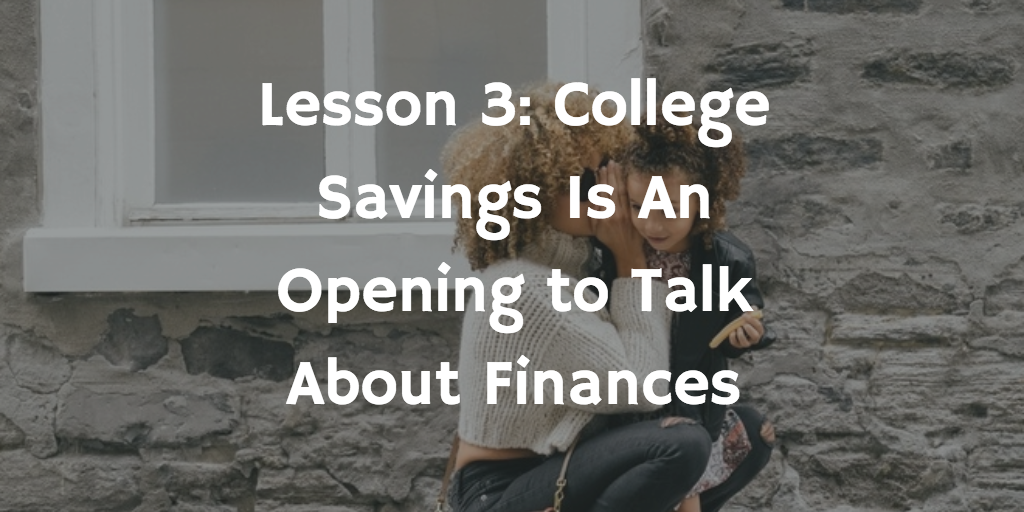You can have a great idea and even a great program, but as many nonprofits and public organizations know – that’s only the beginning. To build lasting change you need everything from community trust, to habit building, to increasing depth of knowledge so lessons from a program can travel far beyond the experience of individual clients or the work of one organization.
Thankfully, a national leader in savings program design has some lessons for all of us.
Lessons from TripleBoost
EARN, a national nonprofit based in San Francisco is a microsavings provider that does an incredible job of testing a variety of savings tools. During their recent webinar, they reported on their newest savings pilot, TripleBoost.
TripleBoost is a matched savings program that encourages savers to save $500 toward their child’s education. When savers meet that goal, they receive a 3:1 match – $1,500. When savers meet their goal and receive their match, they can spend it on tuition for postsecondary education, tutoring and test prep, books and supplies required for school, 1 computer and 1 printer, enrichment activities (such as academic classes not offered by their school, i.e. art or music) and they can roll their funds over into a 529 college savings investment account.
Their research will be useful as the Oregon Asset Building Coalition brings Children’s Savings Accounts to Oregon. We know that Oregon is a special place, that it’s a big state with diverse communities who have unique strengths and who also face distinct barriers. In order to build a CSA platform that works well for all of us, we are taking time to learn from work that others have done
The most effective way to engage savers in the TripleBoost program was through contact with trusted people and entities.
Many people thought that a program that would offer them $1,500 must be a scam. We’ve heard this as well here in Oregon with Individual Development Accounts, and this is completely understandable — how many of us have been approached by a pyramid scheme? And we know that people with low-incomes are frequently targeted by predatory industries.
EARN worked with organizations that were trusted by the people they were trying to engage. They also placed articles in newspapers (in English language newspapers as well as Chinese and Spanish language newspapers), got traction on local news, and provided current savers with prompts to tell their family and friends about the program.
In Oregon, we know that communities of color have been left out of much of the economy and have been targeted by harmful practices and programs. If we want all families to access this opportunity, we need to start by building trust.
EARN found that TripleBoost families’ top strategies for saving were:
- Putting aside small amounts of money regularly
- Changing spending habits
- Having a goal to work toward
Oregon’s CSA platform can potentially capitalize on this information by:
- Supporting small deposits
- Rewarding the savings efforts of families with limited resources
- Supporting local community efforts to build financial education into a CSA
- Incentivizing a deposit from a family’s Coordinated Care Organization when they attend their well-child visit or have a perfect school attendance
Perhaps the most exciting lesson learned from EARN’s TripleBoost pilot is that savings programs provide an opportunity for families to start talking about finances and teaching children about money management. EARN found that TripleBoost families had a 39% increase in frequency of discussing finances with their children, 43% of TripleBoost children became more involved with household finances and 40% of TripleBoost children participated in making decisions about household spending – for example, children made suggestions about grocery store purchases.
These findings suggest to us that in addition to building a college-bound identity for kids across Oregon, a CSA would encourage families to start talking about money with their children and help children develop good savings behavior early on.
EARN found that 89% of the money saved in TripleBoost accounts was used for pre-college educational expenses – 47% of the total TripleBoost dollars were spent on a computer, 10% on books and supplies, 8% on tutoring and test prep, 7% on enrichment activities, 6% of dollars were transferred into a 529 and only 5% was spent on college tuition.
This demonstrates the critical support that pre-college money provides and is something we will need to carefully consider for the Oregon CSA. Perhaps we can make sure to allow families to spend CSA dollars on:
- The computer that allows them to apply to educational programs
- The tutoring that improves their math grade
- The art class that rounds out their college application and fuels their inspiration
EARN found that the TripleBoost program was less effective at instilling regular savings habits when compared to two of their other programs – their Individual Development Account program and their Starter Savings program. The other two programs required monthly savings deposits – which may be the key to instilling long-term savings habits.
This leads us to ask, can local partners build a regular deposit requirement into the incentive programs they layer on top of the Oregon CSA?
Other interesting info
Of TripleBoost’s 2740 account holders, only 6% of parents have a bachelor’s degree. If CSA programs can successfully engage families who don’t have post-high school education, we might be able to cause a sea change. Currently, one of the strongest predictors of college attendance is whether or not a child’s parents attended college. The potential of a universal CSA program is that college-bound identity could become the most important predictor of participation in post-secondary education
Thanks again to EARN for their commitment to rigorous research and their generous approach to sharing what they’ve learned.






